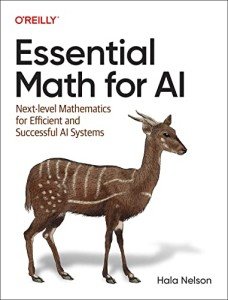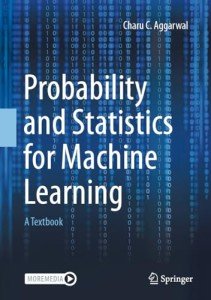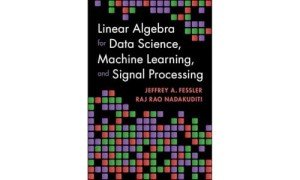Linear algebra might sound like an intimidating subject, but it's a key player in the world of artificial intelligence. At its core, linear algebra deals with vectors and matrices, which are just ways to organize and manipulate data. In AI, we often need to handle large amounts of information, and that's where these mathematical tools come into play. They help us represent data in a way that machines can understand.
Think about the images on your phone. Each image can be broken down into pixels, and each pixel can be represented as a vector of numbers (like RGB values for colors). Linear algebra allows us to perform operations on these vectors and matrices to enhance images or even recognize patterns. That’s the magic behind how facial recognition and computer vision work!
When it comes to machine learning, linear algebra is just as essential. Algorithms use matrices to represent data, and they perform a lot of calculations to find relationships within that data. For instance, a simple algorithm might need to multiply matrices to make predictions. By understanding how linear algebra works, you can grasp the fundamentals of how these algorithms make decisions.
Not to mention, optimizing performance is a huge part of AI. Linear algebra helps in minimizing errors during training processes, making it easier for models to learn from data. The more efficient the training process, the better the model performs in real-world applications. So, whether it’s for organizing data or improving algorithms, linear algebra is truly at the heart of AI.
Key Concepts to Understand First
Before diving into the world of AI and linear algebra, it's helpful to get your head around a few key concepts. Don’t worry; you don’t need a PhD to understand these! We'll break it down into digestible bits that make it easier to see how these ideas connect.
First off, think of vectors.
Next, we have matrices.
Finally, let’s not forget about transformations.
By keeping these concepts in mind, you're setting yourself up for success as you explore how linear algebra powers AI. So let's get started!
Real World Applications of Linear Algebra
Linear algebra isn't just a bunch of fancy math symbols; it's the backbone of many technologies we use every day. Think about your smartphone or that recommendation algorithm from your favorite streaming service. They rely heavily on the concepts from linear algebra to make sense of the massive amounts of data they process.
For example, when you're scrolling through Netflix, recommendations pop up based on what you've watched. Behind the scenes, linear algebra helps to analyze your viewing habits and compares them to others. It uses matrices and vectors to represent relationships between shows and viewers, making it possible to suggest something you'll likely enjoy next.
Another big area is computer graphics. Whether it’s a video game, an animated movie, or even those cool filters on your social media photos, linear algebra is everywhere. The math involved helps to transform shapes and colors on your screen, making everything look just right. By using matrices, developers can manipulate images and create stunning visuals that keep us engaged.
Even in the world of AI and machine learning, linear algebra plays a starring role. Algorithms that recognize voices, images, or even predict trends are built on linear algebra principles. It helps machines learn from data in a structured way, allowing them to improve over time. Without it, many advanced technologies wouldn’t exist!
Getting Started with Linear Algebra Tools
There are some great tools out there that make learning and applying linear algebra much easier. If you're just diving in, consider using software like MATLAB or Python with libraries like NumPy. These programs let you visualize concepts, run calculations, and see results in real-time. Plus, there are tons of tutorials online that can guide you through the first steps.
Another helpful tip is to practice with real-world data sets. Websites like Kaggle offer challenges that let you apply linear algebra concepts while working on practical problems. This hands-on experience can really boost your understanding and keep you engaged. Don’t be afraid to experiment; it’s a great way to learn!
Lastly, don’t hesitate to join online communities. Forums, social media groups, and dedicated platforms like Stack Overflow are filled with people eager to share their knowledge and help out newcomers. You’ll find answers to common questions and can connect with others who are on the same journey as you.







